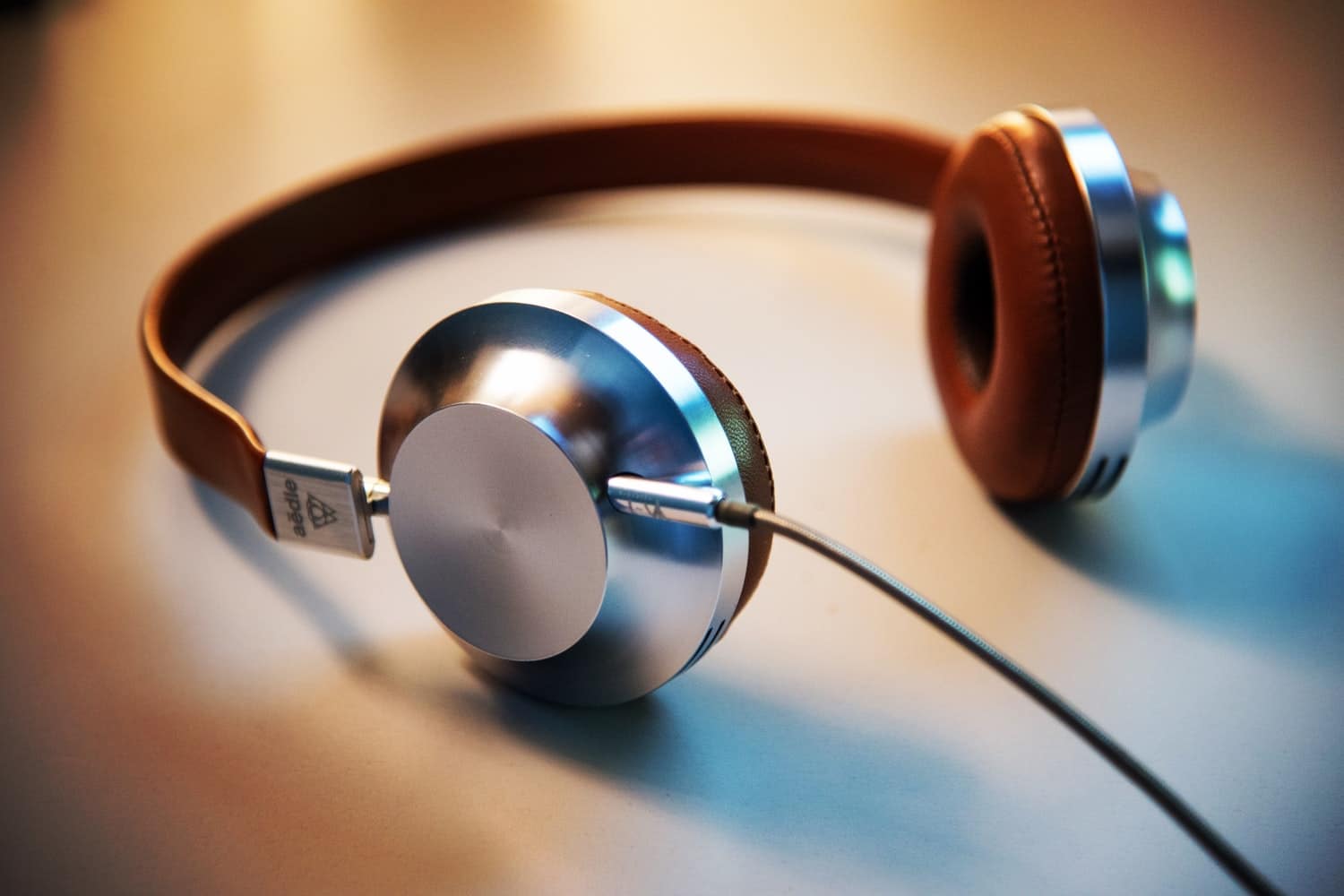We’ve all heard that loud noises can cause hearing loss, but figuring out which sounds in particular can be dangerous to your hearing can be complicated. Below is a breakdown of how you can determine what sounds are too loud and put you at risk of hearing loss.
How Sounds Can Damage Your Ears

Within the inner ear are delicate hair cells that are responsible for translating sound waves into electrical impulses, which are then sent via the auditory nerve to the brain to be processed. If a sound is too loud, it can damage these hair cells. Unlike other hair in your body, these hair cells cannot grow back; all damage is permanent.
Noise-Induced Hearing Loss
Sounds are measured in decibels (dB). Anything over 85 dB can cause damage to the hair cells within your inner ear. The National Institute on Deafness and Other Communication Disorders (NIDCD) put together this decibel rating for common sounds:
- Normal conversation: 60-70 dB
- Lawnmower: 80-100 dB
- Sporting events: 94-110 dB
- Sirens from emergency vehicles: 110-129 dB
- Fireworks: 140-160 dB
According to the Centers for Disease Control and Prevention, about 40 million American adults between the ages of 20-69 have noise-induced hearing loss, or hearing loss caused by exposure to loud sounds.
About 53% of Americans between ages 20-60 who have hearing damage caused by noise report they are not exposed to loud noise while at work.
A good rule of thumb is if you are in a setting where you have to shout in order to be heard, like a night out at Santa Barbara Bowl, this is a good indication you are putting your ears at risk, especially if you are not wearing hearing protecting.
How to Protect Yourself
The best way to protect your hearing is to avoid exposure at noisy places. If you must come into contact with noise, always wear earplugs, protective earmuffs or even noise-canceling headphones. And keep the volume down when watching television, listening to music or using headphones.
Decibel meters can help you determine potential hazards to your hearing health. There are even smartphone applications, like the NIOSH Sound Level Meter (SLM) app, that can help you measure the noise level in your environment.
To learn more about protecting your ears from noise or to schedule an appointment with a hearing expert, contact Hearing Services of Santa Barbara today.